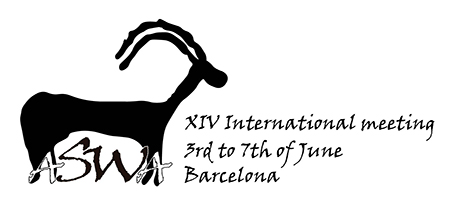The Pottery Neolithic period of the southern Levant is known in the research, as a period of the establishment of livestock husbandry, agriculture, and possibly the emergence of the secondary products revolution. Toward the end of this period, a new ceramic type was developed and classified the Wadi Raba culture. At the same time, the appearance of bowls in the ceramic assemblages raises the hypothesis of a secondary products revolution development. Until not long ago, Wadi Raba strata were not commonly found in archaeological sites and therefore, not many Zooarchaeological studies of this period were made. By examining the human-animal relationships during this period, this study attempts to expand the current knowledge about the possible emergence of the secondary products revolution. The results should also shed light on whether the Wadi Raba culture should be associated with the Neolithic or Chalcolithic periods.
Faunal assemblages from three sites, dated to sequential sub-phases of the Pottery Neolithic (Wadi Raba and earlier cultures), were examined with the aim to characterize the interaction between man and animal during this period. The assemblages include Ahiud and Yiftahel in the Galille and Motza in the Judean Hills. These three sites allowed the construction of a broad research area of human existence, during the late Pottery Neolithic.
This Zooarchaeological study included a tapohomic study and examination of taxonomic abundance, demographic profiles, body size changes and pathological conditions. Results show that the animal economy in these sites relied on both livestock animals and wild game hunting, and that the focus was different in each site. Results do not support the hypothesis that secondary products were already utilized, but rather displays a focus on prime-aged animals. It further shows that some sites continued relying on wild game hunting, including gazelles and wild boars. The results of this zooarchaeological research demonstrate continuity in the relationship between man and animal in the PPN periods, into the Wadi Raba culture, and implies that it should be attributed to the Late Pottery Neolithic period and not to the following Chalcolithic period.
This research illustrates the varied economic and cultural development between regions and sites in the southern Levant during the late Pottery Neolithic. Thus, it extends the current knowledge of the human culture and economy during this period.

 PDF version
PDF version
